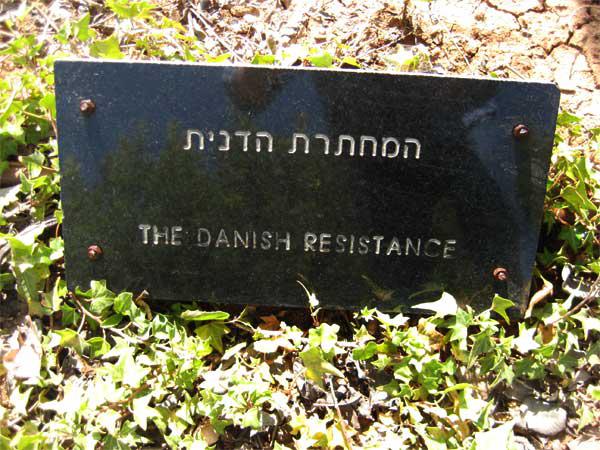The rescue of the Danish Jews in October 1943 is a unique story. In the first years of German occupation no anti-Jewish legislation was enacted and the situation of the Danish Jews did not change much. Nazi Germany wanted to encourage the cooperation of Denmark and knew that singling out the Danish Jews and persecuting them would result in wide opposition. However in the fall of 1943, following a sharp increase in strikes and sabotage against the occupation, the German policy changed and preparations were made to rid the country of its 7,800 Jews. News of the planned roundup was passed and the Jews were warned, moved to hiding places and to fishing ports, from where they were transported to Sweden. Researchers have shown that in an attempt to get rid of the Jews without causing too much opposition, the German Plenipotentiary to Denmark chose a compromise and therefore, even though the authorities were aware of the escape to Sweden, did not try to prevent it. In fact, German ships were told to return to harbor so as to facilitate the transfer. This however was not known to the Danes who chose to help the Jews and who acted under the belief that great danger was involved. The Danish underground joined the endeavor, and thanks to the proximity of Sweden 7,200 Jews and some 700 of their non-Jewish relatives were transported to safety in the course of three weeks in October 1943. In some cases Jews were caught by the local authorities; some did not want to leave; others had no means or connections enabling them to embark on the journey. A total of 482 Jews, mostly elderly and sick, were caught and deported to the camp of Theresienstadt.
The rescue operation by the Danish underground is exceptional because of the widespread agreement and resolve of many Danes from all walks of life – intellectuals, priests, policemen, doctors, blue-color workers – to save the Jews. While some Danes were pro-Nazi and even joined the Waffen SS and participated in war crimes, the underground members implemented the unique rescue. They viewed it as a national refutation of Nazi Germany and a reaffirmation of democratic and humanistic values. It should be noted that since the 1990’s historians have uncovered new perspectives of this operation. Danish scholars have shown that in many cases big sums of money were paid to the seamen who brought the Jews across to Sweden.
To pay tribute to this exceptional rescue operation and in the understanding that this was a joint effort, a tree was planted in the Avenue of the Righteous in honor of the Danish underground. The Underground did not receive the Righteous Among the Nations title, which is only awarded to individuals, not to groups, This was also in the spirit of the request expressed by the members of the Danish underground not to honor them as individuals. Nevertheless, several Danes, whose acts of rescue were exceptional, were awarded the title of Righteous Among the Nations title.


